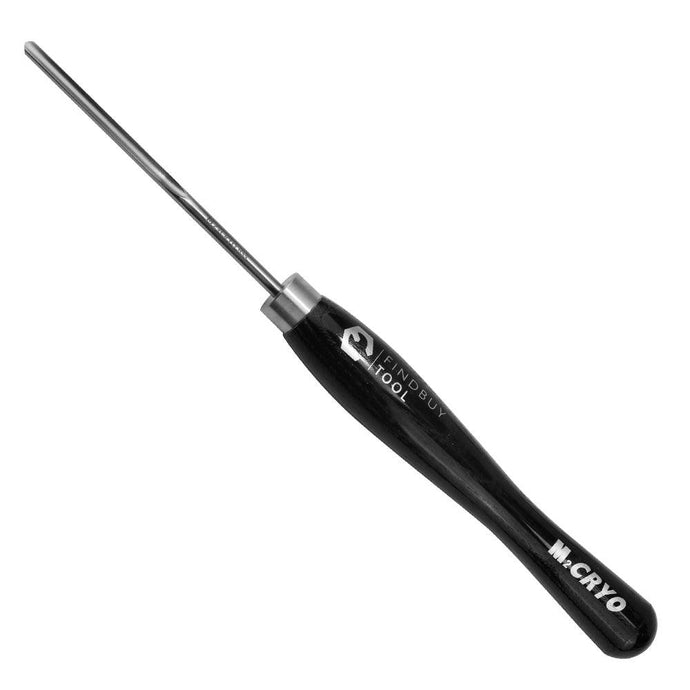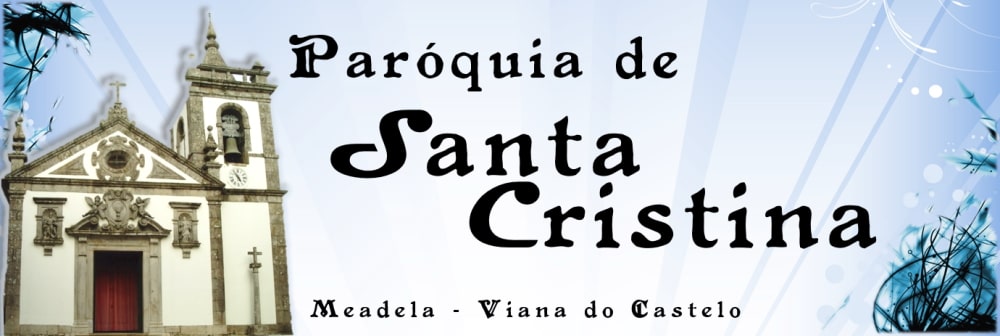|
Spindles are essential components in woodworking, playing a crucial role in the design and structural integrity of staircases, railings, furniture, and more. While they may seem like simple, decorative elements, spindles contribute both to the aesthetic and functional aspects of a space. They're typically arranged in a sequence to create a balanced and cohesive look, and their shape, size, and material can influence the style and feel of an entire area. There are three main types of spindles - square, turned, and twisted - that each bring a unique character and purpose to woodworking and architectural projects. Understanding these types can help in selecting the right spindles for your project, ensuring the result matches your design goals and functional needs.
Square spindles are the simplest of the three types and are known for their clean, modern lines. Typically, square spindles have a rectangular or square cross-section, providing a straightforward, minimalist appearance that appeals to contemporary and transitional styles. Due to their straight edges and flat faces, square spindles are easy to align and install, making them popular in both interior and exterior projects. They're commonly found on staircases, decks, and fences where a sleek, understated look is desired. Square spindles are highly versatile and can blend seamlessly with a wide range of design aesthetics, from rustic to modern. They're also relatively easy to customize with different finishes and colors, allowing them to complement or contrast with surrounding materials. Whether painted, stained, or left in their natural wood tone, square spindles can suit almost any design, making them a go-to choice for both professional woodworkers and DIY enthusiasts.
Turned spindles, on the other hand, are a staple in traditional and classic designs. These spindles are crafted using a lathe, which allows for intricate patterns and shapes to be formed as the wood spins. Turned spindles typically feature rounded profiles with decorative elements like balusters, rings, and beads that add elegance and depth to a space. They are common in Colonial, Victorian, and farmhouse-style homes, often appearing on staircases, porches, and even furniture. Turned spindles offer an elevated, timeless appeal, making them ideal for projects that call for a touch of sophistication. While they're usually crafted from wood, turned spindles can also be made from metal, which brings a unique twist to classic designs. The detailing on turned spindles can vary greatly, from simple curves to elaborate carvings, allowing for a high level of customization that brings character and personality to the final product.
Twisted spindles are a more recent addition to spindle design, combining elements of both functionality and artistic expression. Often made from metal, twisted spindles are crafted with a unique helical or spiral shape that creates visual interest and adds a dynamic quality to any railing or staircase. Their modern aesthetic is well-suited for contemporary and eclectic spaces where a bold, statement-making design is desired. Twisted spindles are commonly used in metalworking and are often seen in wrought iron railing designs. They bring a sense of movement and sophistication, drawing the eye along the lines of the railing or staircase. The twists can be subtle or dramatic, depending on the thickness and angle of the metal, providing a wide range of design options that make them highly adaptable. Twisted spindles are not only visually appealing but also structurally strong, making them ideal for both indoor and outdoor installations where durability is essential.
While each type of spindle serves a decorative purpose, they also have practical functions. Square spindles provide a stable, solid look that suits clean, linear spaces, offering both simplicity and reliability. They are particularly useful in settings where minimalism is a priority, as their straightforward design ensures they don't distract from other architectural features. Turned spindles, in contrast, are perfect for settings where a touch of tradition or craftsmanship is desired. Their curves and intricate patterns not only add a decorative element but also create a softer, more inviting look. Twisted spindles, with their modern, eye-catching design, are often used as focal points, drawing attention and adding an element of uniqueness. They're especially effective in transitional spaces that combine modern and traditional elements, as their metal construction pairs well with a variety of materials, from wood to glass.
Choosing the right spindle type for a project depends on several factors, including the architectural style of the space, the overall design vision, and the function of the area. Square spindles are ideal for achieving a modern, streamlined look, while turned spindles bring an air of classic charm and refinement. Twisted spindles, meanwhile, offer a bold, contemporary feel that adds an unexpected element to staircases and railings. For larger, more elaborate spaces, combining different spindle types can create a layered look that adds depth and complexity to the design. For example, using turned spindles for the main staircase balustrade and twisted spindles on an adjoining balcony can create a harmonious blend of traditional and modern elements, enhancing the architectural character of a home.
The material used for each spindle type also impacts the final look and feel. Wooden spindles are warm and inviting, fitting naturally with traditional or rustic spaces. Metal spindles, whether square, turned, or twisted, are sleek and durable, often lending a contemporary or industrial edge to the design. Finishes also play a key role in spindle aesthetics: polished or painted metal offers a clean, modern feel, while a distressed finish on wood gives a vintage, weathered look. Additionally, mixing materials - such as wooden turned spindles with metal twisted ones - can result in a balanced, transitional design that complements diverse interior styles.
Understanding the differences between square, turned, and twisted spindles enables designers, builders, and homeowners to make informed decisions, enhancing both the functionality and aesthetic appeal of their spaces. Square spindles provide simplicity and flexibility; turned spindles add elegance and tradition; twisted spindles bring boldness and contemporary flair. By selecting the right type of spindle to suit the project's needs, you can achieve a design that is both functional and visually striking, turning any staircase, railing, or fence into a statement piece that enhances the overall architecture and ambiance of the space.

|

